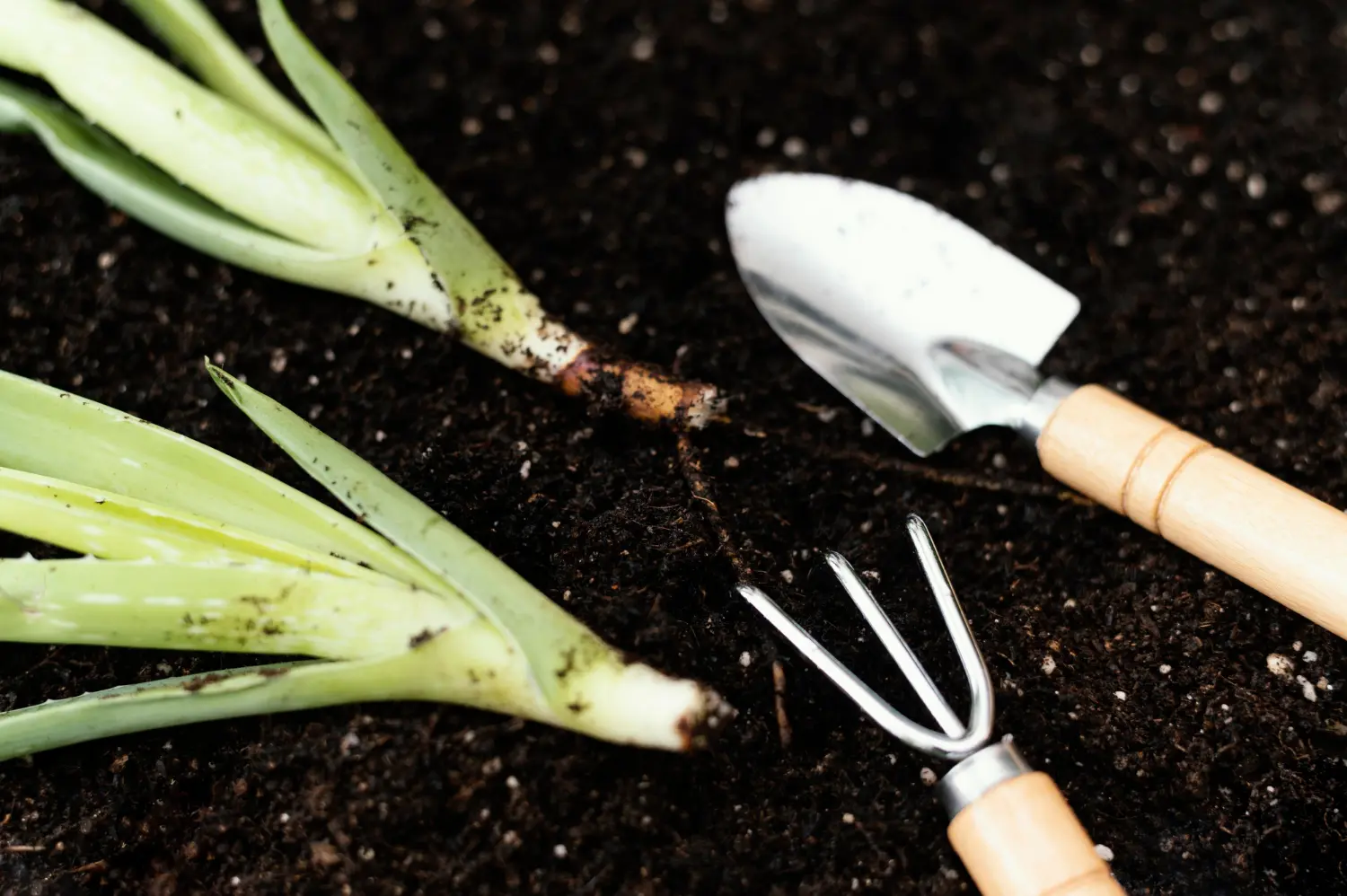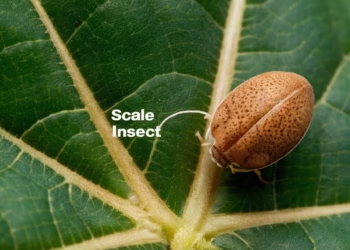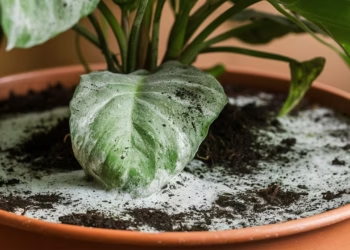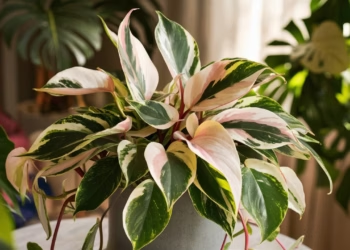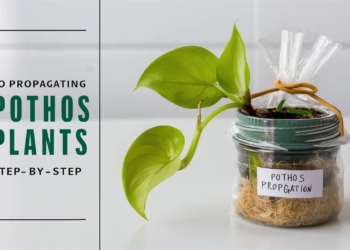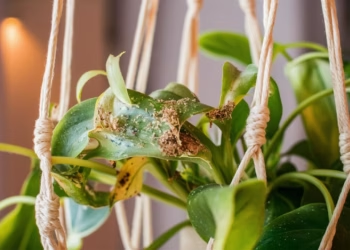So, you’re thinking about growing onion in your house garden, huh? Excellent choice! Onions are a kitchen staple, adding a punch of flavor to countless dishes. Plus, they’re pretty straightforward to grow, even if you’re not exactly blessed with a green thumb. Whether you’re a seasoned gardener or just starting out, this guide will walk you through everything you need to know about growing onions, from selecting the right soil to planting tips, and beyond.
Table Of Contents
Why Grow Onions at Home?
Growing onions at home comes with a bunch of perks:
- Freshness: Nothing beats the taste of freshly picked onions.
- Control: You know exactly what’s going into your soil, so you can avoid harmful chemicals.
- Cost-effective: Save money on groceries by growing your own.
- Satisfaction: There’s something incredibly rewarding about growing your own food.
Ready to dive in? Let’s get started!
Choosing the Right Onion Variety
When it comes to onions, variety is the spice of life. Onions come in several types, each with its own unique flavor and growing requirements.
Types of Onions
- Yellow Onions: Versatile and perfect for cooking.
- Red Onions: Great raw in salads, thanks to their mild flavor.
- White Onions: Ideal for Mexican cuisine with their sharp, tangy taste.
- Sweet Onions: Think Vidalia or Walla Walla-perfect for caramelizing.
Consider your culinary preferences and climate when choosing which type to grow.
Preparing the Soil
Onions aren’t too fussy, but they do have some soil preferences.
Soil Requirements
- Well-draining soil: Onions hate soggy roots. Ensure your soil drains well to prevent rot.
- pH level: Aim for a pH between 6.0 and 7.0. A simple soil test can help you get this right.
- Nutrient-rich: Onions are heavy feeders. Enrich your soil with compost or well-rotted manure before planting.
Improving Your Soil
If your soil isn’t quite up to par, don’t worry. Here are a few tips to improve it:
- Add organic matter: Compost, leaf mold, and aged manure boost soil fertility.
- Test and amend: Test your soil’s pH and amend it if necessary with lime or sulfur.
- Ensure good drainage: Raised beds or adding sand can improve drainage.
Planting Onions
Timing and technique are crucial when planting onions. Here’s the lowdown.
When to Plant Onions
Onions can be planted in both spring and fall, depending on your climate. Spring onions are harvested in late summer, while fall onions overwinter and are ready in early summer.
Planting Methods
- Seeds: Start seeds indoors 8-10 weeks before the last frost. Transplant outdoors when seedlings are about 3 inches tall.
- Sets: These are small, immature onions. They’re easy to plant directly in the garden and are less prone to disease.
- Transplants: You can also buy young onion plants ready for the garden.
Spacing and Depth
- Spacing: Plant onions about 4-6 inches apart to give them room to grow.
- Depth: Place seeds or sets about 1 inch deep. For transplants, plant them so the roots are well-covered but the neck isn’t buried too deep.
Caring for Your Onion Plants
Once your onions are in the ground, they’ll need some TLC to thrive.
Sunlight and Temperature
Onions need abundant sunlight, ideally 14-16 hours per day, to grow effectively. Ensure they are planted in a sunny spot where they can receive full exposure.
Watering
- Consistent moisture: Keep the soil consistently moist but not waterlogged. Onions need about an inch of water per week.
- Mulching: A layer of mulch helps retain moisture and keeps weeds at bay.
Fertilizing
- Initial feeding: Enrich soil before planting.
- Side-dressing: Apply a nitrogen-rich fertilizer when plants are about 6 inches tall and again when bulbs begin to swell.
Weed Control
- Hand-pulling: Onions have shallow roots, so be careful when pulling weeds.
- Mulching: Again, mulch is your friend here, keeping weeds to a minimum.

Pests and Diseases
Onions are relatively hardy, but they’re not immune to pests and diseases.
Common Pests
- Onion maggots: These pesky larvae can damage your crop. Use row covers to protect young plants.
- Thrips: Tiny insects that suck sap from onion leaves. Neem oil or insecticidal soap can help.
Diseases
- Downy mildew: Fungal disease causing fluffy growth on leaves. Ensure good air circulation and avoid overhead watering.
- Neck rot: Affects stored onions. Harvest at the right time and cure onions properly.
Harvesting and Storing Onions
The moment you’ve been waiting for-harvesting your onions!
Harvesting Tips
- Signs of maturity: Onions are ready to harvest when the tops fall over and begin to brown.
- Curing: Lay onions out in a warm, dry place for 2-3 weeks to cure. This process helps them store longer.
Storing Onions
Curing is essential to prepare onions for long-term storage. Leave the onions to cure for 7-10 days until the necks dry and the roots shrivel. Once cured:
- Trimming: Clip off the tops and roots with pruning shears.
- Cleaning: Remove excess soil without peeling off the papery outer skins.
- Cool, dry place: Store cured onions in a cool, dry, and well-ventilated area. Mesh bags or baskets work well.
- Check regularly: Inspect your stored onions occasionally for signs of spoilage.

Growing onions in your house garden is a rewarding endeavor that can provide you with a plentiful supply of fresh, flavorful bulbs. By choosing the right variety, preparing your soil properly, planting at the right time, and giving your plants the care they need, you’ll be well on your way to a successful onion harvest. So, roll up your sleeves, grab those gardening gloves, and get ready to enjoy the fruits (or rather, bulbs) of your labor!
Remember, whether you’re a newbie or a seasoned gardener, this guide on growing onions, including how to grow onions, soil, planting, and all you need to know for your house garden, has you covered. Happy gardening!
FAQs
How long do onions take to grow?
Onions take about four to six months to grow if planted in the spring. If planted in the autumn, they require about a year to mature.
Can you grow onions from an onion?
Yes, you can grow onions from an onion. One method is to use the bottom part of a discarded onion. Place it in water until it starts growing roots and small shoots, then plant it in soil .
How many onions will one onion produce?
One onion bottom can produce one new onion. The method involves regrowing a single onion rather than producing multiple new onions from one.
Do onions need full sun?
Yes, onions need full sun to grow properly. They require at least six hours of direct sunlight each day to develop well .
